National Reproductive and child health program
During 1950 government of India introduced maternal and child health ( MCH) service as basic health services in primary health center because of their increased vulnerability and morbidity and mortality.
During 1952, national family planning program was launched to control population growth in India. The services were target oriented resulting in burden on health worker, which is ultimately affected the quality of work.
During 1972, abortion was legalized due to increased maternal deaths following legal abortion.
During 1975, emergency was declared in India by the government.
During 1976,the disastrous forcible sterilization campaign led to the defeat of Congress government and new janatha government during 1977, ruled out compulsion and coercion of family planning services and renamed the program as 'Family Welfare' program by providing a package of services to the mothers and children in an integrated manner, comprising maternity services (Antenatal, Intranatal and postnatal care), Nutritional services (supplementary nutrition), Immunization services and Family planning services, for the welfare of the entire family.
During 1978 government of India upgraded the immunization services and launched WHO recommend Expanded Program of Immunization (EPI).
During 1978-1979, meanwhile government of India became signatory to Alma At declaration of Achieving the global social target 'Health for all by 2000AD'.
This time bound was 2000AD and the target population was all mother and under five children.
The objective of the CSSM program were-
To improve the health of the mother and children below 5 years.
To reduce MMR, IMR and child mortality rates
To eliminate neonatal tetanus
To eradicate poliomyelitis
The intervention ( strategies) were as follows :-
Services for safe motherhood
A. Essential obstetrics care comprising
Registration of all expectant mothers after 12 weeks of amenorrhea.
Minimum 3 visit to Antenatal clinic
Two doses of tetanus toxoid injection
Distribution of 100 tabs (1packet) of IFS
Safe domestic deliveries observing five cleans
Postpartum service after delivery.
B. Early diagnosis and management of complications associated with pregnancy by early detection of high risk mothers and their referral.
C. Emergency care for those mothers with obstetric complication such as premature labour, puerperal sepsis, retained placenta, malpresentations, malpositions, prolonged labor, rupture uterus, obstructed labour, post partum hemorrhage.
Services for child survival
A. Essential care of the newborn
B. Primary immunization -100 percent coverage.
C. Vitamin 'A' prophylaxis (9month-3years)- 100 percent coverage
D. Acute respiratory infections- correct case management at home.
E. Diarrhoeal disease- correct case management at home.
Services for eligible couple
A. Promotion of contraceptive methods
B. Services for medical termination of pregnancy.
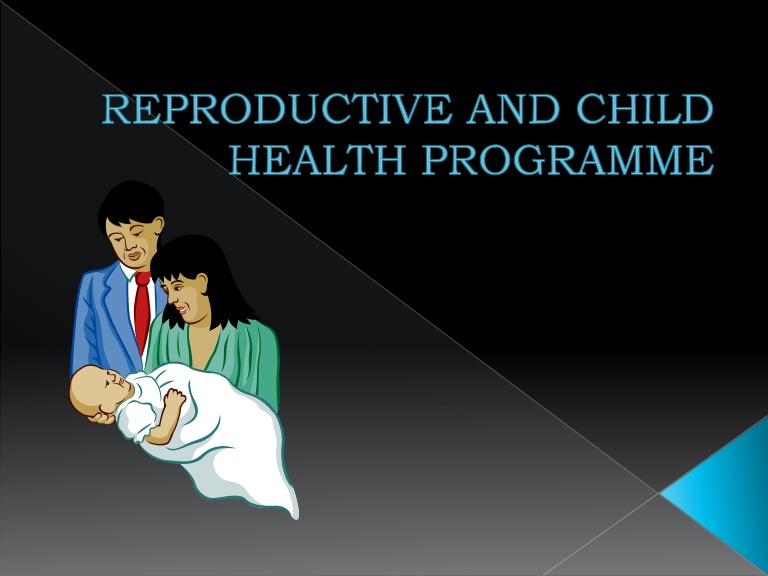
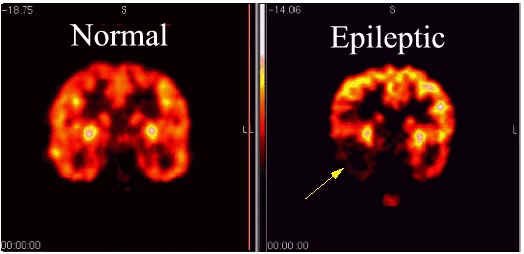

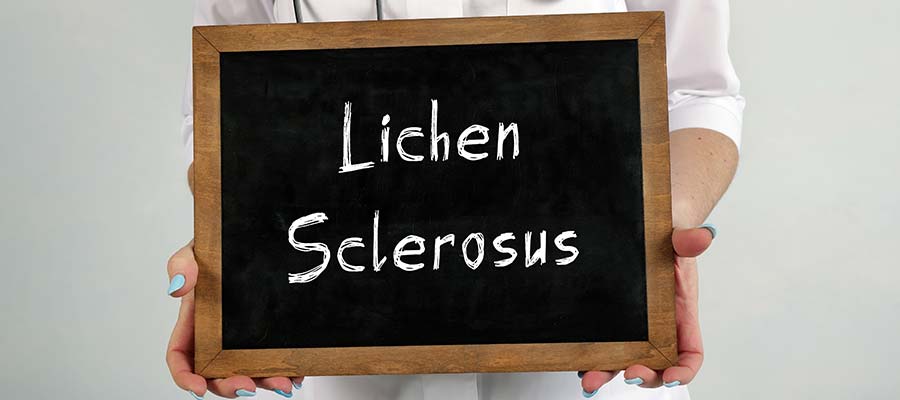
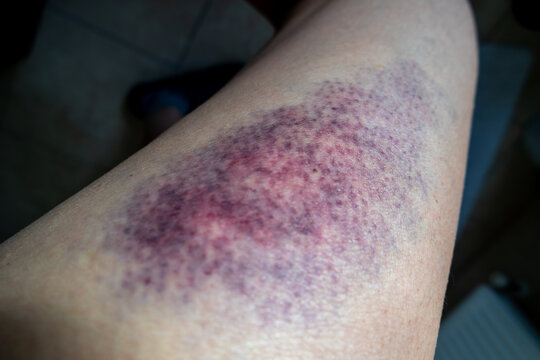
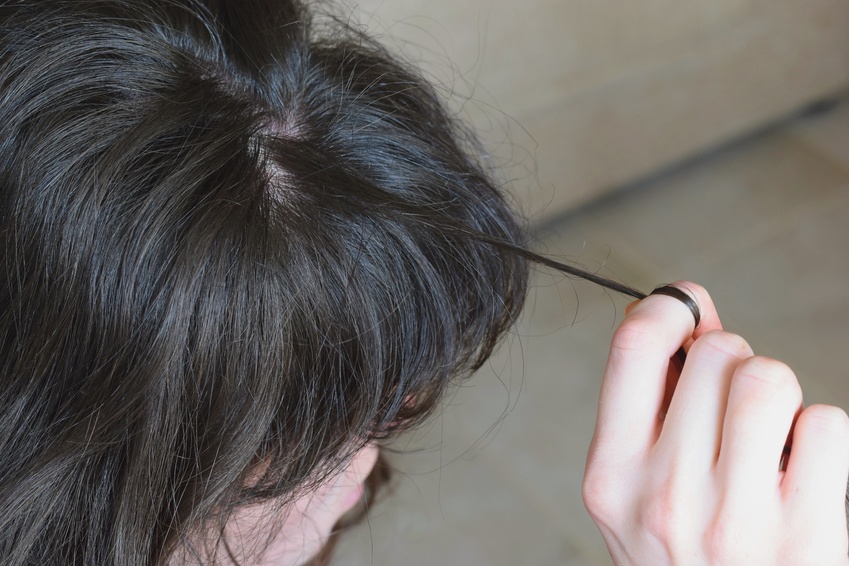

Comments